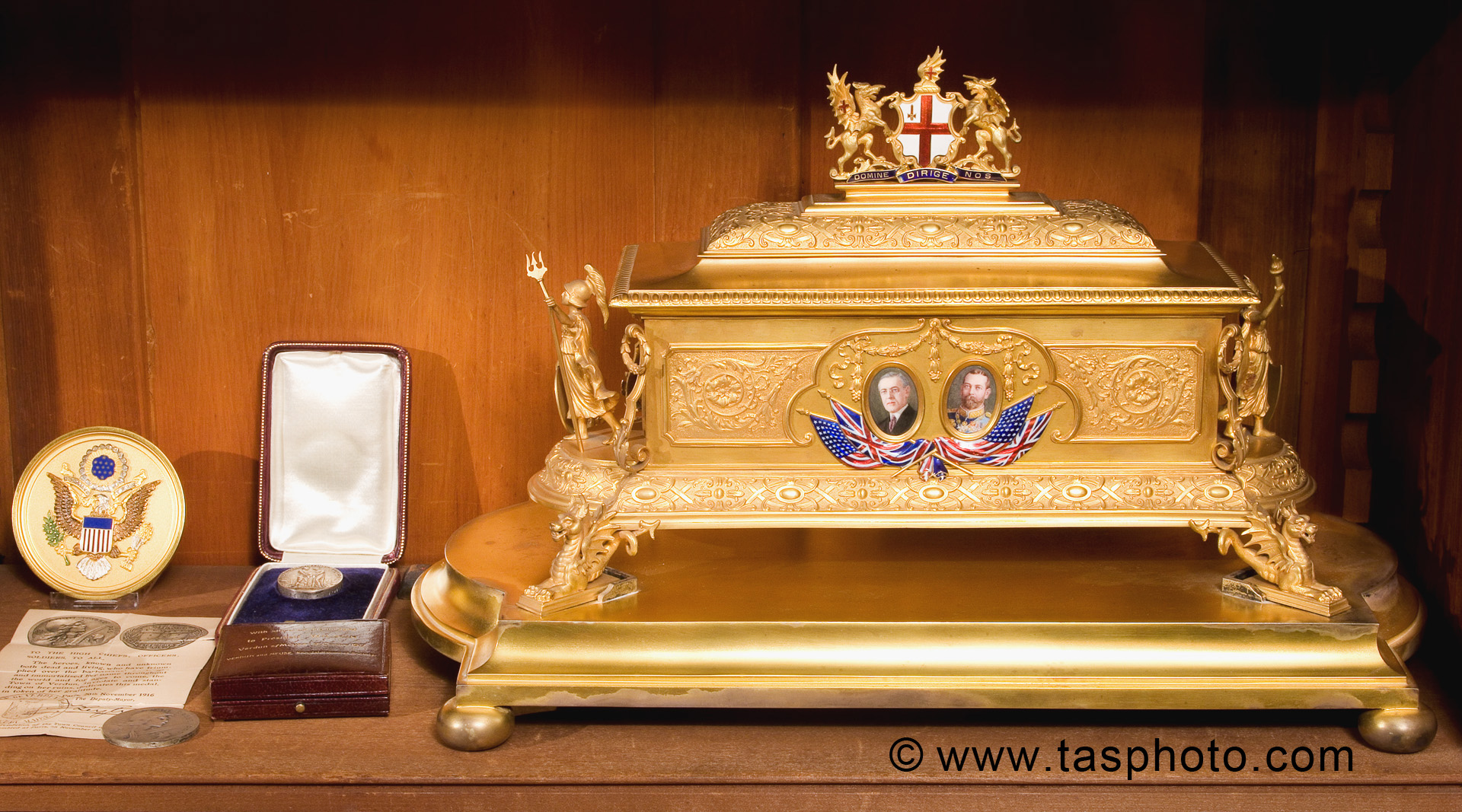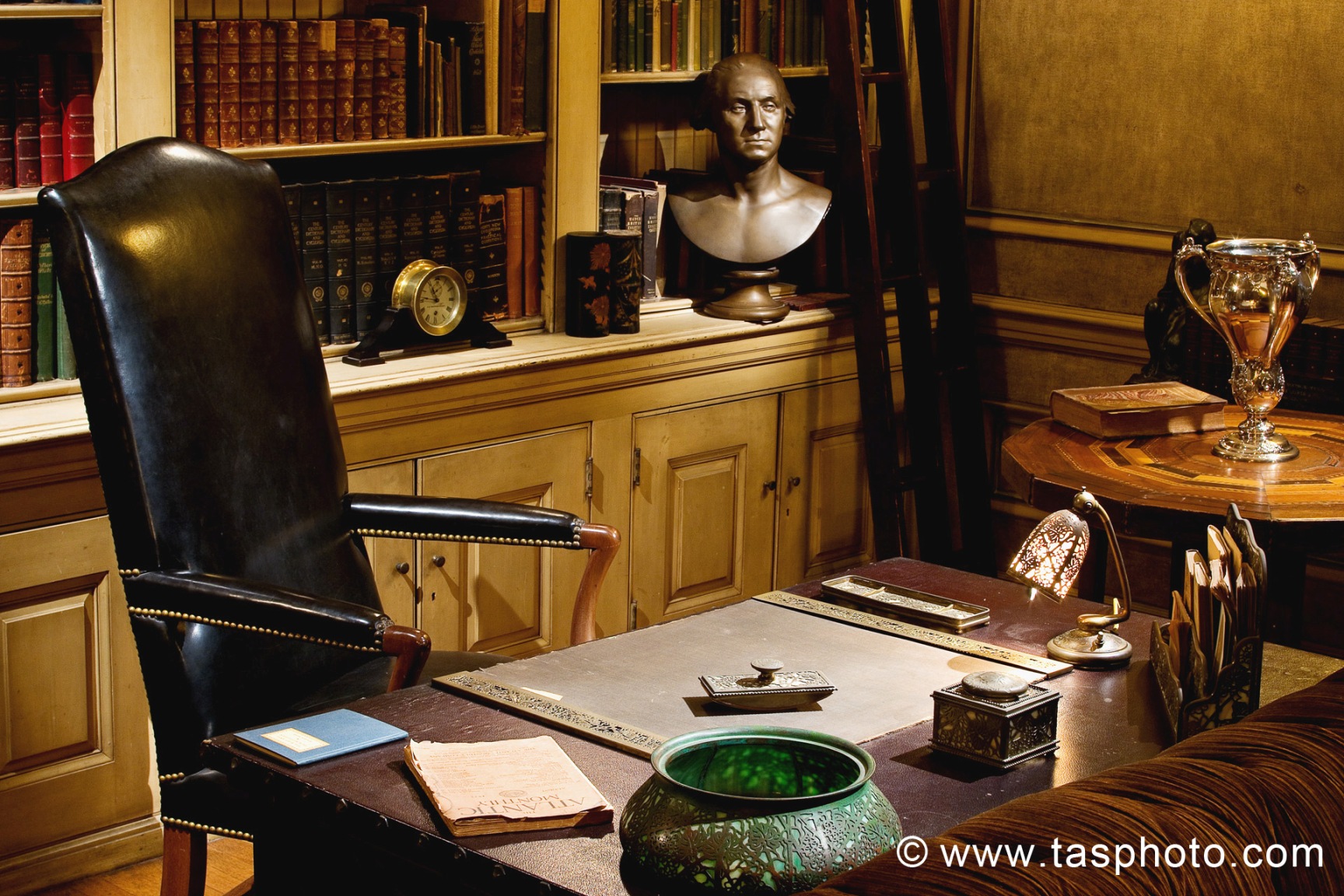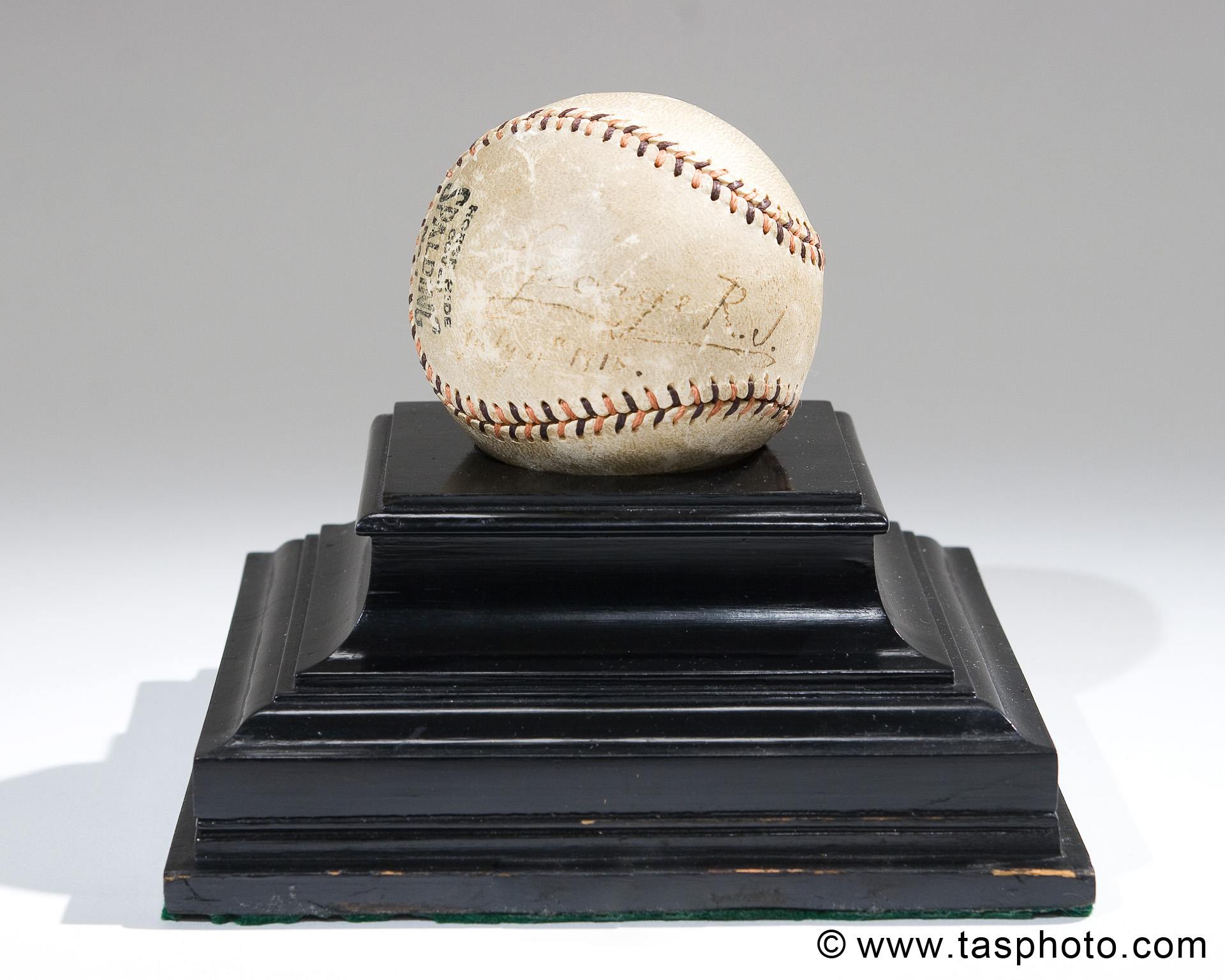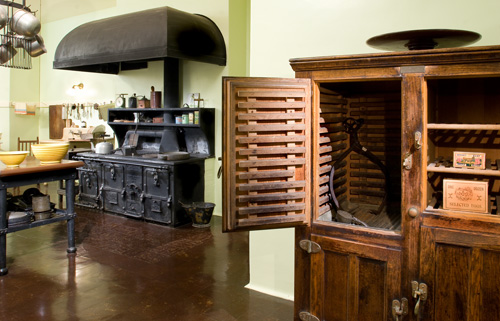After
President Woodrow Wilson’s death in 1924 his wife, Edith Bolling Galt Wilson,
remained dedicated to her husband’s work and memory. She personally worked with
President Wilson’s biographer and with those responsible for writing the 1944
film, Wilson.[1]
Mrs. Wilson was also responsible for preserving her husband’s birthplace in
Staunton, Virginia as a museum, and it was Mrs. Wilson who donated their S
Street home in Washington, D.C. and its contents to the National Trust for
Historic Preservation after her death.[2]
However, the former First Lady was not satisfied in protecting her husband’s
legacy in the United States, and she often traveled abroad in order to continue
her work around the world.
Mrs. Wilson became familiar with
international travel during her husband’s time in office. After World War I,
Mrs. Wilson accompanied her husband to Europe while he negotiated the Treaty of
Versailles, making her the first current First Lady to travel to Europe.[3]
After President Wilson’s death, Mrs. Wilson felt that, in addition to guarding
her husband’s historical reputation, it was her duty to travel the world in
order to continue the work that he started with the League of Nations.
 |
| President and Mrs. Wilson in Paris, Photo from Library of Congress |
However, while Mrs. Wilson certainly
worked to support the League of Nations after her husband’s death, other
Americans continued to reject the idea. Many people in congress were afraid
that the United States would become a de facto member if they worked too
closely with the League of Nations, and Washington therefore avoided working
with Geneva whenever possible. Furthermore, the League’s association with the
very flawed Treaty of Versailles soon caused the international community to
lose faith and confidence in the League of Nations.[6]
 |
| President Roosevelt signing the Declaration of War with Japan, Photo from Library of Congress |
-Sophia Vayansky, Fall 2014 Intern
[1]
“First Lady Biography: Edith Wilson,” National
First Ladies’ Library.
[2]
Caroli, Betty Boyd, “Edith Wilson,” Encyclopedia
Britannica.
[3]
“First Lady Biography: Edith Wilson,” National
First Ladies’ Library.
[4]
Streich, Mary, “Edith Wilson & the Orient: 1928, 1932.”
[5]
Streich, Mary, “Edith Wilson & the Orient: 1928, 1932.”
[6]
“League of Nations, 1920,” United States
Department of State, Office of the Historian.





Traveling is a happy work that can refresh one and make energetic. Wheelchair is a helping hand for those who cannot move alone. Make your memorable travel worth by using comfortable wheelchair.
ReplyDelete